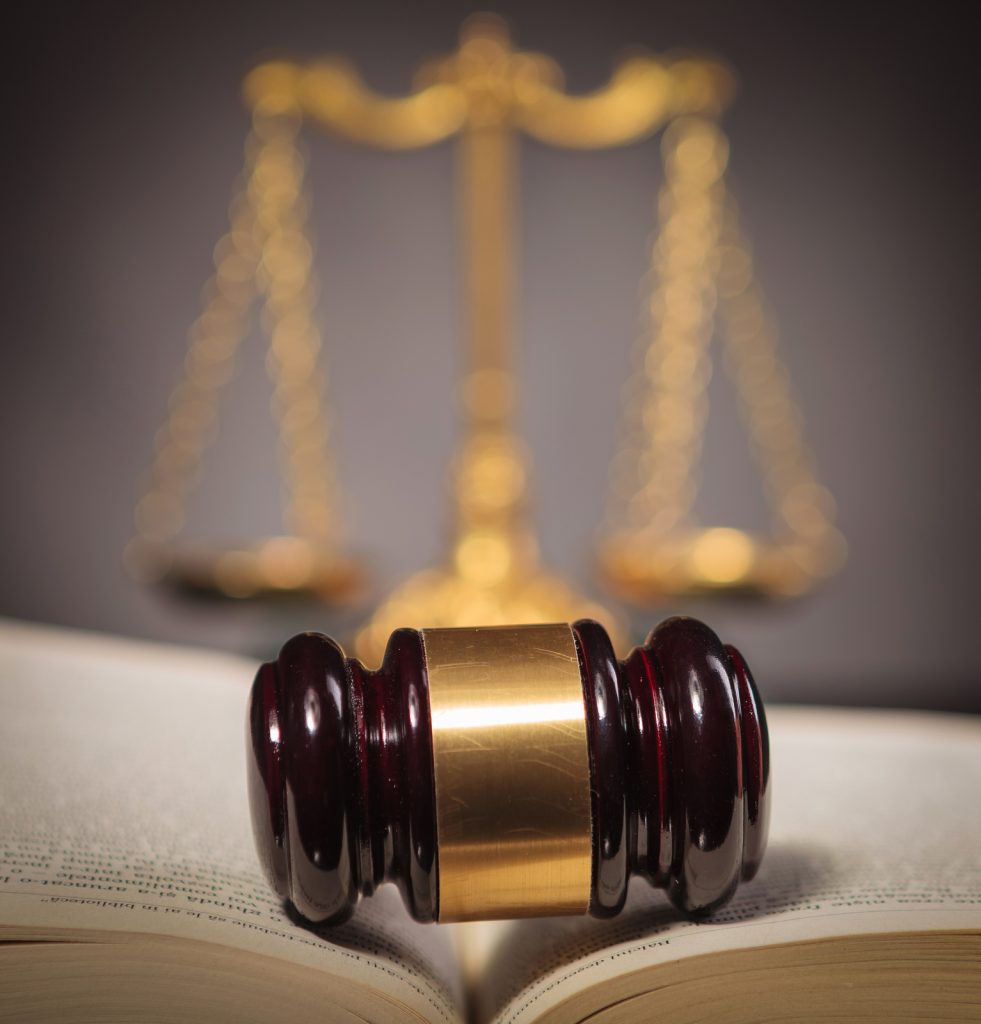Nova Scotia’s Standard Form Auto Insurance Policy (by John McKiggan Q.C.)
There is a standard form auto insurance policy in Nova Scotia. The terms of the policy are outlined in Nova Scotia’s Insurance Act.
There are four sections to the standard form policy:
- Section A deals with what is called third party liability;
- Section B pays for accident benefits;
- Section C pays for damages and repairs to an insured car; and,
- Section D deals with claims involving uninsured drivers.
SECTION A – Third Party Liability
Under this section of the standard policy, your insurance company:
“agrees to indemnify the insured and … every other person who with his consent personally drives the automobile … against the liability imposed by law upon the insured or upon any such other person for loss or damage arising from the ownership, use or operation of the automobile and resulting from bodily injury to or death of any person or damage to property.”
In other words, this section pays for claims for anyone that is hurt or any damages that are caused by you, or anyone driving your car with your permission.
The minimum coverage required by law under Section A is $500,000.00.
SECTION B – Accident Benefits
This section of the policy is sometimes referred to as “First Person” or coverage or “No Fault” coverage because the benefits under this section of the policy are paid to the insured regardless of fault or who caused the accident.
In other words, even if you injure yourself by hitting a patch of ice and crashing into a tree, you are still entitled to receive medical, rehabilitation and income loss benefits under Section B of your car insurance policy.
Who is covered?
- Any person who is an occupant (driver or passenger) of an insured vehicle;
- Any pedestrian hit by an insured vehicle; and
- Any person who is a dependent or family member who is an occupant of another automobile.
What is covered?
The benefits covered by Section B of your auto insurance policy can be summarized as follows:
Your policy will pay all reasonable expenses up to $50,000.00 incurred within four years of the date of the accident for necessary:
- Medical costs;
- Dental work;
- Chiropractic treatments;
- Hospital services;
- Professional nursing care;
- Ambulance transportation;
- Any other services, treatment or supplies that, in the opinion of your doctor, is essential for your treatment, retraining or rehabilitation. For example, traveling expenses to and from appointments, physiotherapy, and eye glasses.
The standard coverage under Section B is $50,000.00 or fours years, whichever comes first.
In other words, if you are seriously injured and require 24 hour nursing care, you may spend the $50,000.00 of coverage in less than two years. In that case you receive no further benefits under Section B of your policy and will have to claim any additional expenses from the other driver under Section A of their policy.
On the other hand you may only have $20,000.00 in expenses over four years but you are not allowed to keep, or bank, the extra $30,000.00.
Loss of income:
You are entitled to receive weekly income loss payments if you are disabled as a result of an accident. However, you must have been employed at the date of the accident or within 6 months of the accident.
You qualify for section B income loss payments if, within 30 days of the date of the accident and as a result of the accident, you are substantially unable to perform the essential duties of your own occupation for not less than 7 days.
“How long will they pay for my income loss?”
No payments for disability will be made for more than 104 weeks (2 years) unless your injuries from the accident prevent you from engaging in any occupation for which you are reasonably suited by education, training or experience.
In other words, your insurance company will have to pay you for two years if you can’t do your job. But after two years your insurance company only has to keep paying you if you can’t do any job that you are suited to based on your past education, any training you may have had or your experience from other jobs in the past.
“How Much Will They pay For My Income Loss?”
You are entitled to be paid 80% of your net income loss from employment (what your take home pay was after deducting CPP, EI union dues etc) up to a maximum of $250.00 per week.
In other words, the maximum income loss payment you can receive is $250.00 per week. That’s only a little more than $1000.00 per month!
Funeral Expenses
Funeral expenses are covered under Section B up to $2,500.00.
Death benefits for the head of a household and spouse of the household pays $25,000.00. Death benefits for dependents pays $5,000.00.
Housekeeping Expenses
If you are not employed at the time of the accident and are the principal housekeeper in your family you can recover $100.00 per week for 17 weeks.
“Whose Insurance Company Do I Deal With for my Medical Expenses? “
1. If you are the injured driver or passenger in your own car, you make a claim to your own insurance company.
2. If you are a passenger in someone else’s car, you will make a claim to the company that insured the car you were in at the time of the accident.
3. If you are a pedestrian or a cyclist, you will make a claim to the insurance company that insured the car that hit you.
If the car you are in (or that hit you) is not covered by insured, passengers in another car, pedestrians, and cyclists can make a claim to your “own” insurance company if you have an insured automobile.
If the car that hit you doesn’t have insurance and you don’t have car insurance you cannot claim Section B Benefits. But you can still make a claim to Facility Association for compensation.
Notice:
To be eligible to receive Section B benefits, you must give written notice to your insurance company within 30 days of the accident and file a proof of claim within 90 days of the accident.
“Why Won’t My Insurance Company Pay my Section B claim?”
There are situations where your insurance company may not have to pay out under your insurance policy, even if the driver was insured and caused an accident.
The most common is where the person insured under the policy has made a “material misrepresentation” of the facts when they applied for insurance. In other words, the insured person lied or covered up important facts that might have impacted on whether the insurance company would issue the policy or the premiums that they would charge.
SECTION C – Property Damage Coverage
This section of the policy outlines how much money your insurance will pay to cover the cost of repairs for damage to the insured automobile.
“Why Won’t my Insurance Company Pay my Repair Bill?”
Your insurance company does not have to pay for any repairs, loss or damages if you are convicted of an alcohol related driving offence, or if you allow someone under the influence of drugs or alcohol to drive your car.
Coverage under Section C is not mandatory. Most insurance companies require a deductible be paid by the insured person (you) before any payments are made under this section for loss or damage to your car.
SECTION D – Uninsured Driver Coverage
Under this section of the car insurance policy, if you suffer a loss or injury as a result of an uninsured driver (in other words, if you are hit by someone who does not have insurance) or an unidentified driver (in other words, if you are injured in a hit and run accident) your own policy will respond to pay your claim under section D of your policy.
Your uninsured/underinsured driver coverage only takes effect if there is no claim that can be made against another driver’s third party liability policy or, if the accident happens outside Nova Scotia, an unsatisfied judgment fund or similar plan.
S.E.F. 44 the “Family Protection Endorsement”
This insurance coverage is not part of the standard form auto policy and it is not mandatory under the Insurance Act.
However, the vast majority of insurance companies include it in their standard car insurance coverage. You have to pay a small extra premium for this coverage.
This coverage comes into effect insured, the insured’s spouse or a dependent of the insured is injured by another driver in a motor vehicle accident and the other driver’s insurance policy doesn’t have enough money to cover the full extent of the injuries.
The S.E.F. 44 coverage will “top up” any shortfall in your claim up to the maximum of your own policy limits.
“How Does S.E.F. 44 Coverage Protect Me?”
S.E.F. 44 coverage is what is known as excess coverage. In other words, your S.E.F. 44 policy will pay if the other driver’s policy limits are less than your policy limits.
For example, in one case I represented an infant who was severely injured in a car accident. The child’s claim for his medical expenses alone was more than a million dollars. The at fault driver’s insurance policy only had a limit of $500,000.00.
The driver’s insurance company paid the $500,000.00 to my client, but his parents were still was still facing hundreds of thousands of dollars in future medical care expenses.
Fortunately the parents of the injured child had S.E.F. coverage of $1,000.000.00. So the insurance company for the child’s parents paid an extra $500,000.00 to “top up” my client’s compensation to their million dollar policy limit.
Another example from another case I was involved in shows the value of having a high policy limit for your S.E.F. 44 coverage.
I represented a man who fractured his spine when his car was hit by another driver. Our expert estimated that my client’s income loss claim was more than $2,000.000.00. We sued the other driver and the driver’s insurance company eventually paid my client their policy limits of $1,000,000.00.
My client had an S.E.F. 44 policy. But it “only” had a policy limit of $1,000,000.00. Since the two policy limits were the same, there was no excess coverage under my client’s policy and he was not entitled to receive anything further from his own insurance.










